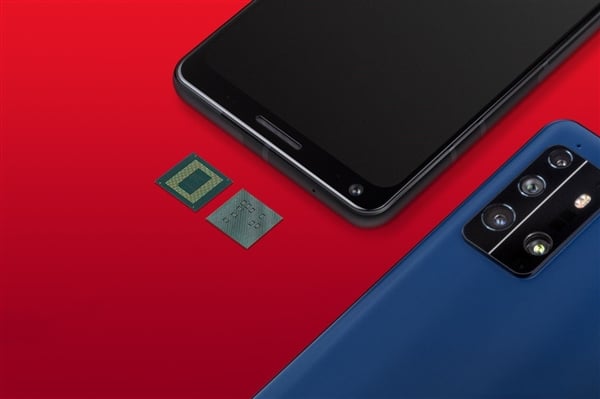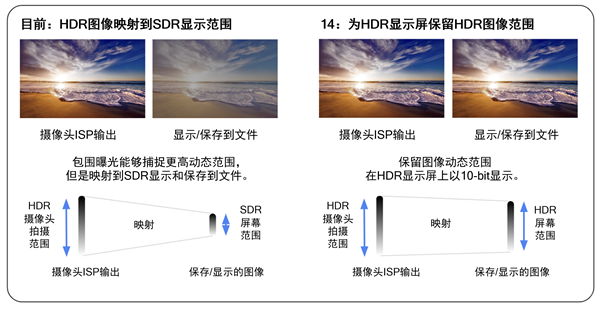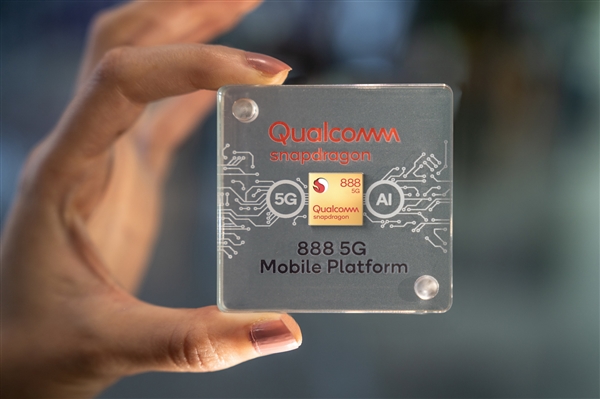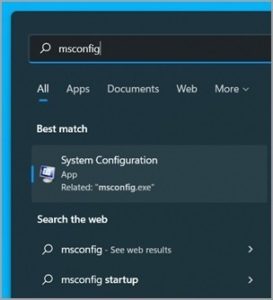Android 14 brings amazing details in the new Ultra HDR photo format

[ad_1]
Google has recently brought a new generation of Android 14 operating system, which has added many new features. For those who like to take pictures and engage in content creation, Ultra HDR is undoubtedly a highlight.
10-bit HDR video has been generally supported on high-end mobile platforms, but the same level of 10-bit HDR photos is still rare, it can provide more than 8-bit dynamic range, making photos contain more highlights and shadows detail.
The Ultra HDR format provides a novel way of thinking,It contains a standard 8-bit JPEG compressed base image in the file, associated with another smaller resolution JPEG image with gain mapping, and metadata for HDR reconstruction.
The decoding of Ultra HDR images can be performed through a series of different rendering formats from full SDR to full HDR, and the final rendering method is adaptive, depending on the support of hardware and software devices, display capabilities and conditions.
It also has the advantage of complete backward compatibility, that is, even if hardware devices and applications cannot recognize the HDR in the file, it can be parsed and displayed as a normal SDR JPEG file.

While Android 14 supports the Ultra HDR photo format, Google also cooperated with Qualcomm to make full use of the advanced 18-bit ISP function of the Snapdragon processor to perfectly support and display 10-bit HDR content.
Qualcomm Snapdragon thus becomes one of the first platforms in the world to support Ultra HDR photo shooting, and when accessing uncompressed, unprocessed 16-bit RAW photos, it can also unleash the full potential of photos.
The Snapdragon mobile platform has always been a leader in supporting HDR. For example, the Snapdragon 888 is the first platform to support 10-bit color depth HEIF format photos, which can display more than 1 billion colors.
In terms of HDR video shooting, the Snapdragon 845 uses the first mobile ISP that supports 4K HDR video shooting, the Snapdragon 855 adds support for the HDR10+ format, and the Snapdragon 865 uses the world’s first ISP that supports Dolby Vision video shooting. Snapdragon 8 features the first ISP to support 8K HDR video capture on smartphones.

[ad_2]
Source link








